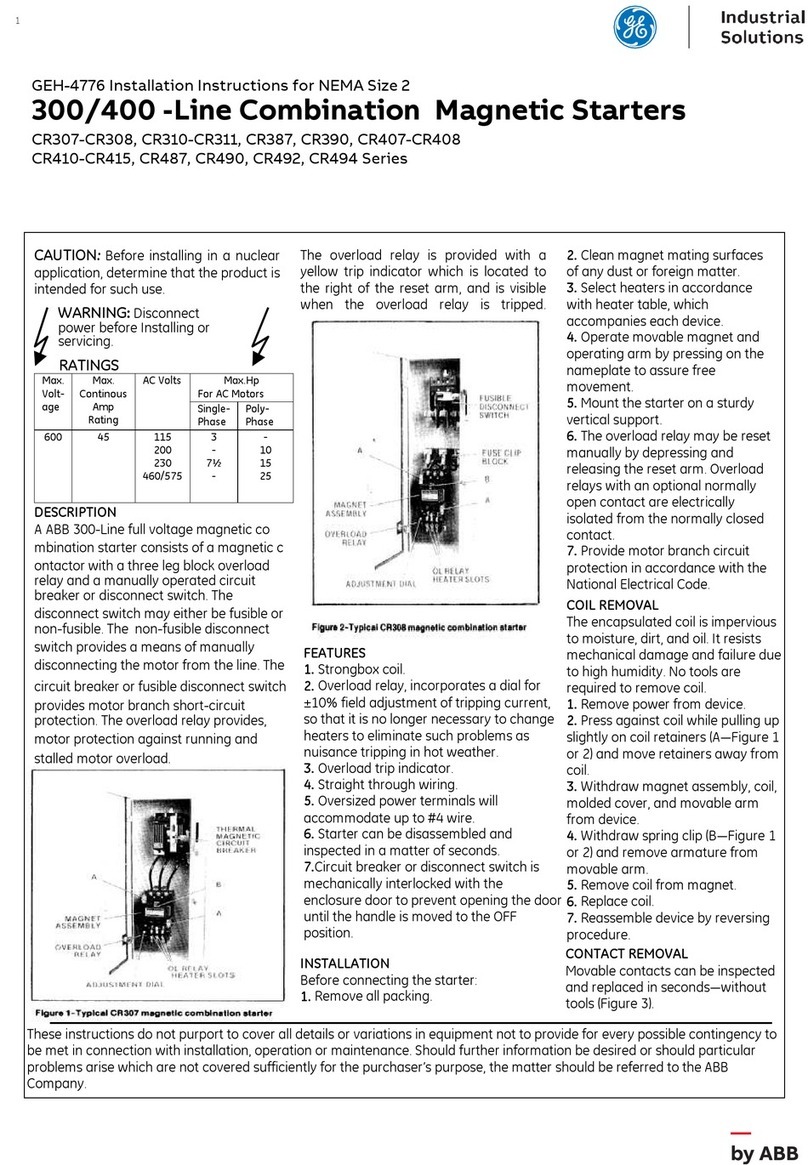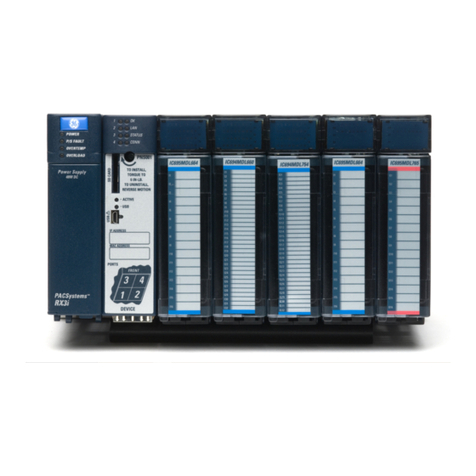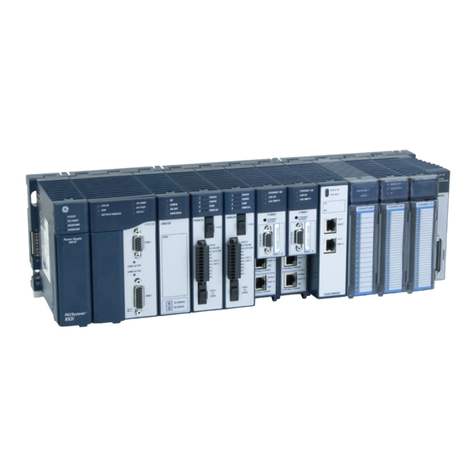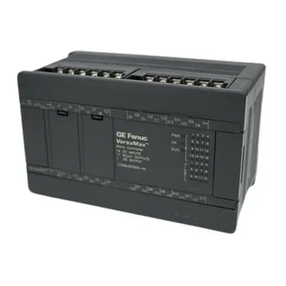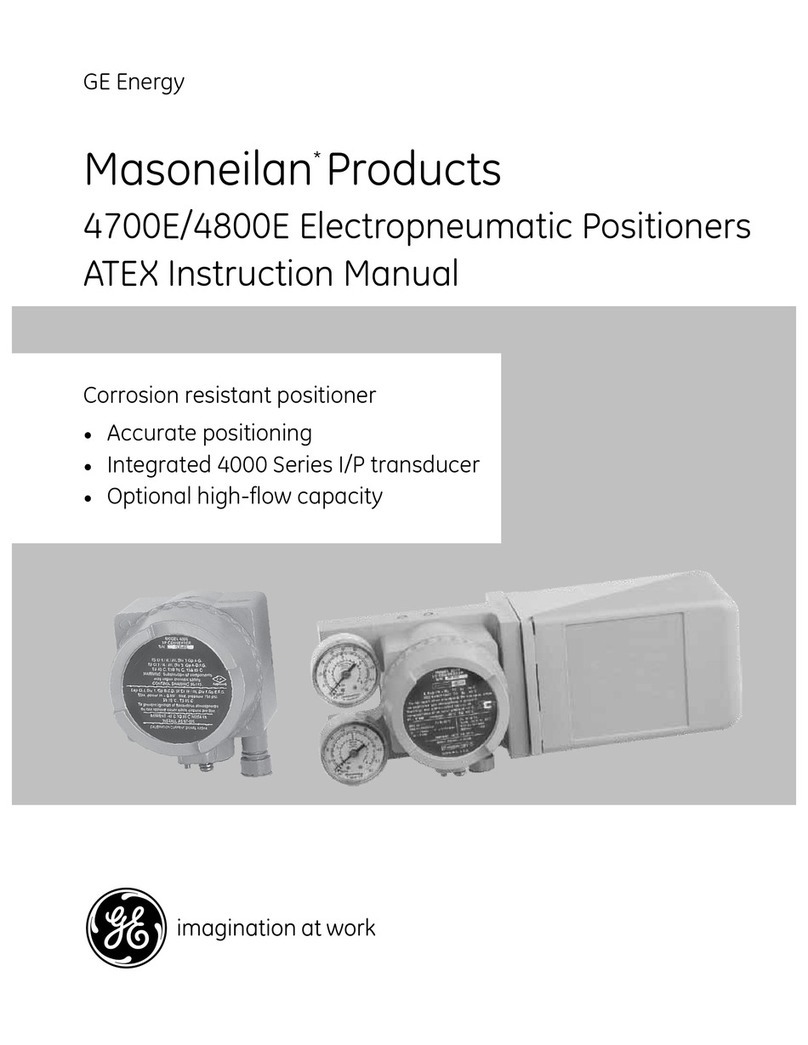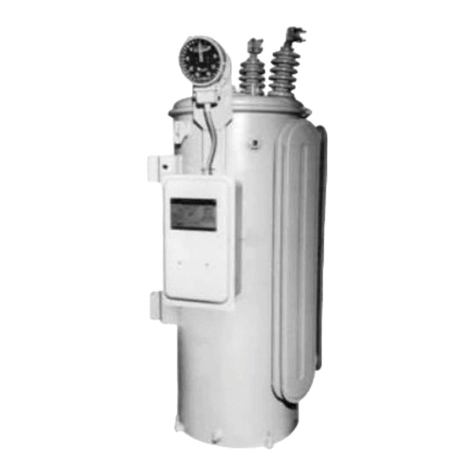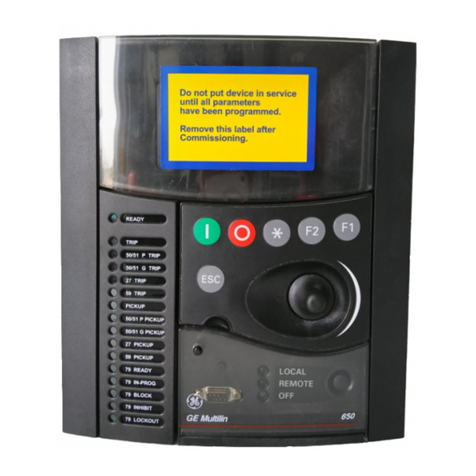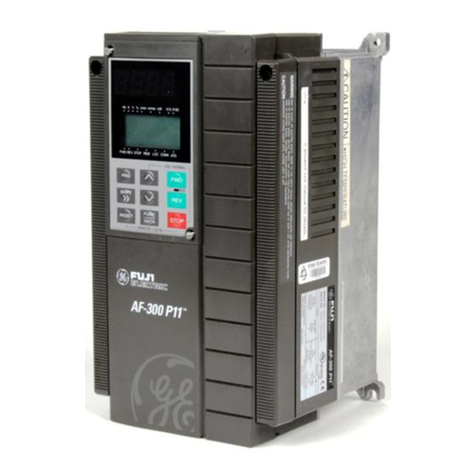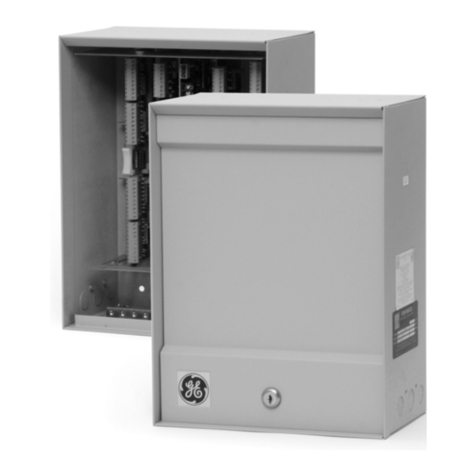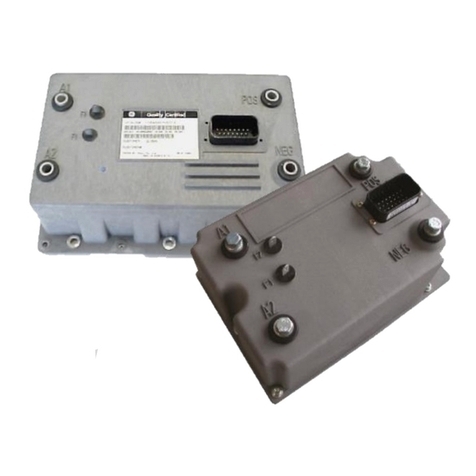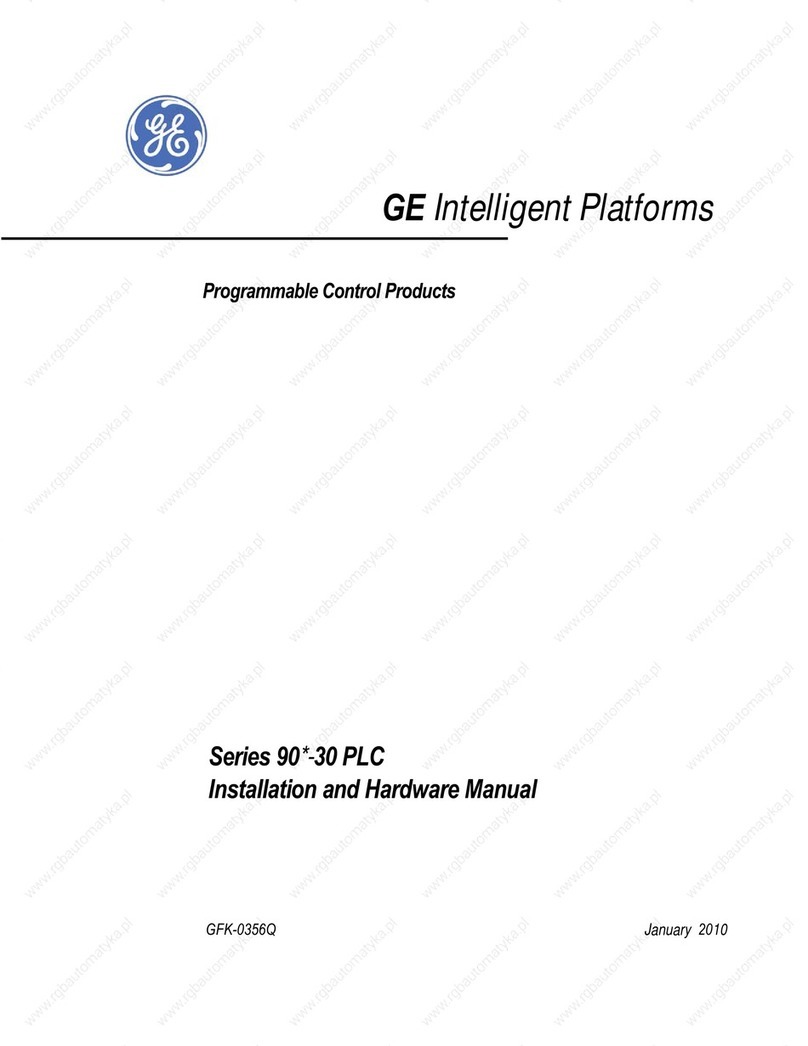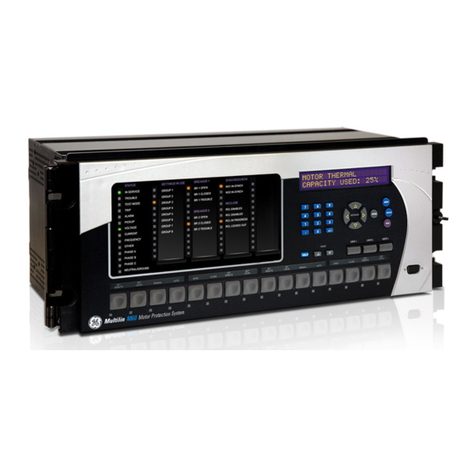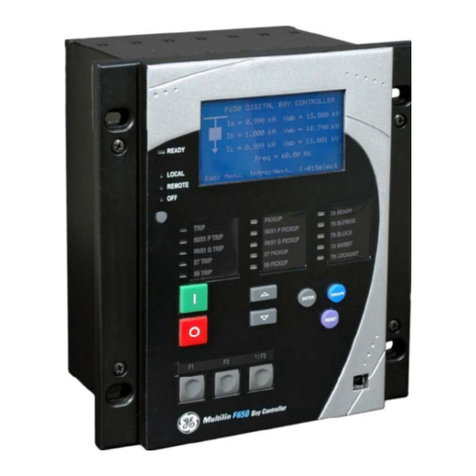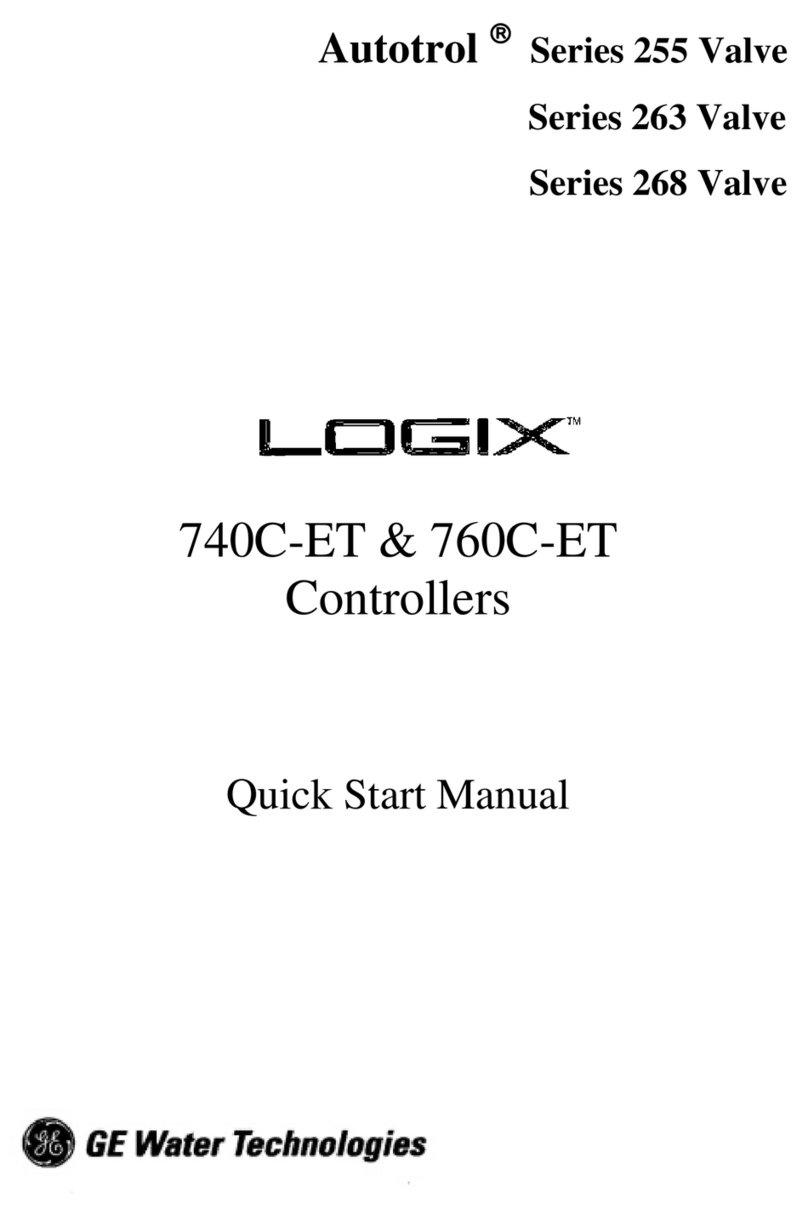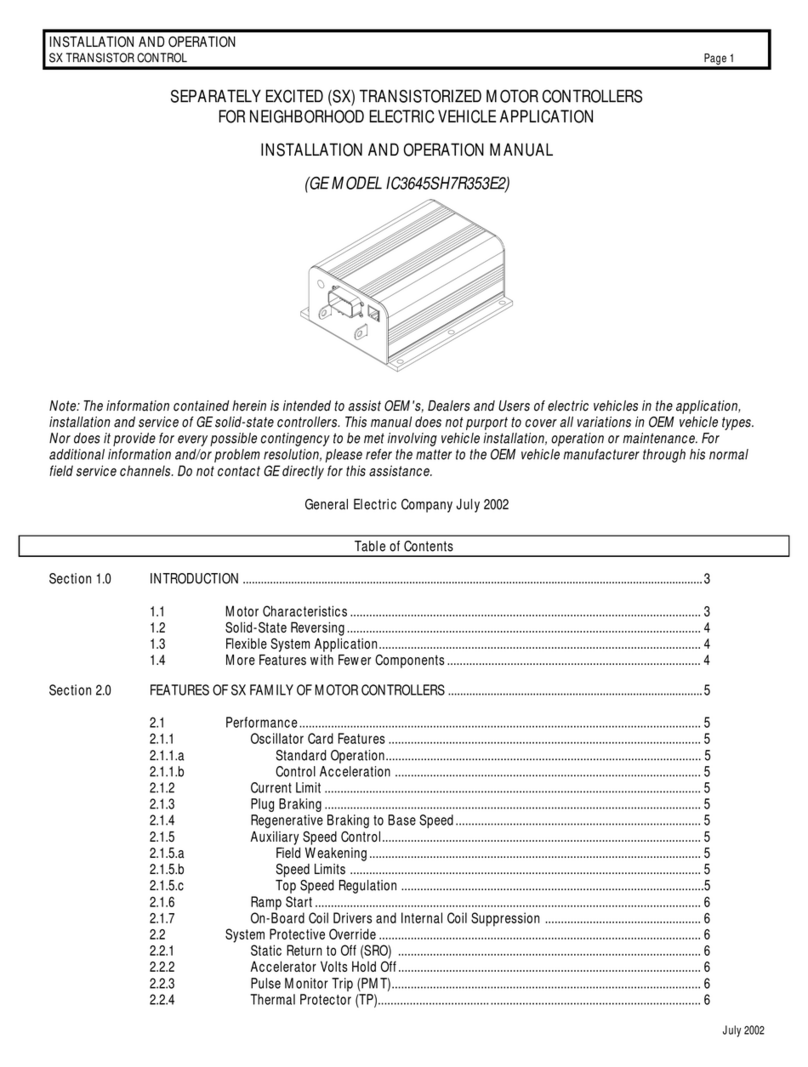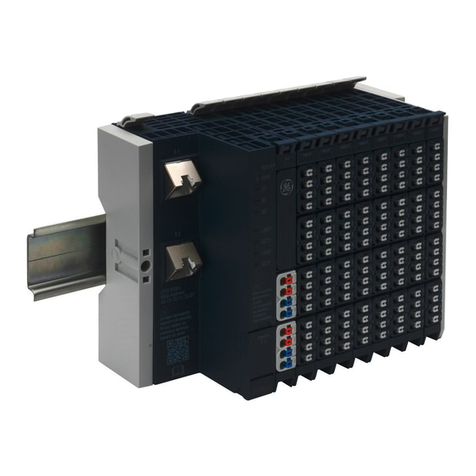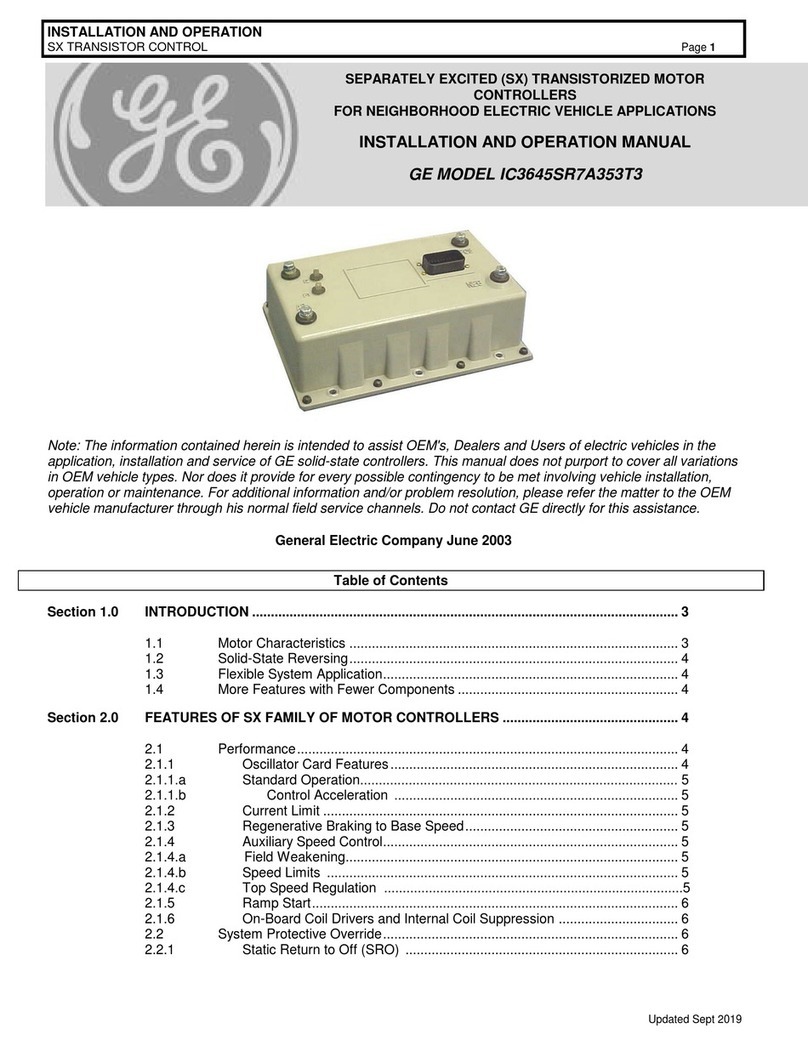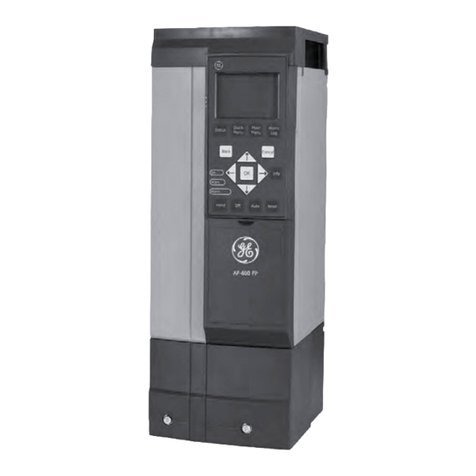
Masoneilan 173 Series Pressure Regulator Instruction Manual | 5
© 2016 General Electric Company. All rights reserved.
3.4.2.4 Reassembly
Carry out the disassembly operations in reverse order.
Push the stem of the plug into body and push it into its guide.
Tighten the seat (25), making sure the washer is new and cor-
rectly positioned. Replace the small retention ring (10) after thor-
oughly cleaning its seat.
Install the diaphragm, taking care to install the protector (9), if
applicable, underneath, towards the regulator body on top of the
lower diaphragm plate (20). Install the upper diaphragm plate (7)
and the spring guide (17) and fully tighten the nut (16).
Align the holes of the diaphragm with those in the actuator
flange and install the spring, spring holder and spring case.
Install the blindhead (1). Return the adjusting screw (13) to the
position marked by the nut (14) or the position noted (see 3.4.2.1).
Exact adjustment must be checked when the regulator is returned
to service.
3.4.2.5 Diaphragm Replacement
The diaphragm may require replacement without having
to make other repairs. If the regulator is easy to access and
isolate, it can be replaced while leaving the regulator installed in
the piping. In this case, isolate the regulator and vent all pressure.
To prevent accidental pressurization while working on the regu-
lator, make sure that the isolation valves are locked. Remove the
actuator following the instructions in section 3.4.1.2.
Replace and install the diaphragm and reassemble the actuator
as shown in section 3.4.2.4. Check calibration once more when
the regulator is returned to service.
When welding piping, do not attach the earth connector to the
regulator as this may damage important sliding parts.
3.4 Maintenance
3.4.1 The required maintenance interval varies depending on
application. The user must establish a suitable interval based on
the operating conditions. Prior to disassembly, remove all system
pressure from the regulator.
Before starting the above operation, make sure the recommend-
ed spare parts are available (refer to the parts list indicated in
Figures 1 through 5).
3.4.2 Disassembly
Refer to Figures 1 through 5 while completing the following dis-
assembly procedures.
3.4.2.1 Actuator Disassembly
Remove spring compression by turning the adjustment screw
(13) counterclockwise after loosening the locknut (14). The posi-
tion of the locknut should be noted to allow closer preliminary
adjustment when reassembling. If the regulator is equipped with
a sealed cap (as shown in Figure 4), first remove the cap (28) and
gasket.
Remove the spring case (11) by loosening the nuts (19).
Note: It is not necessary to remove the housings on actuator siz-
es 220 and 360.
Remove the spring. Unscrew the nut (16).
Remove the diaphragm and washers.
3.4.2.2 Body Disassembly
Unscrew and remove the blindhead (1) with gasket. Unscrew the
seat (25) with a screwdriver (refer to Figures 1, 2, and 5).
Pull the plug off its guide and remove it from the body.
3.4.2.3 Parts Inspection
All the components are now ready to be inspected. Replace any
worn items. Clean all parts.
Pay particular attention to the condition of the disk and plug,
both elastomeric and metal, and the seat.
If the seat is worn, it may be able to be restored by lapping
using a metal disk and abrasive paste.
The diaphragm should be replaced if it shows any damage. The
same applies to the Teflon diaphragm protector (if included).
Gaskets should not be reused.
If preferred, the regulator may be returned to one of GE’s autho-
rized Masoneilan repair centers (MARC) repair center to be recon-
ditioned.
